Abstract
The lack of available data impedes the efficient delivery of health care in disaster situations. We present organizational information and patient data based on review of 924 consecutive admissions seen during our three-month experience as refugee camp pediatricians at Khao-I-Dang Holding Center for Kampucheans in Thailand. Most patients had severe and multiple common diseases, with pneumonia, diarrhea, measles, and meningitis having the highest incidence. To optimize care, the gathering and distribution of epidemiologic data, the development of laboratory facilities and treatment protocols, standardization of supplies, and the initiation of programs for disease prevention must be stressed.
Full text
PDF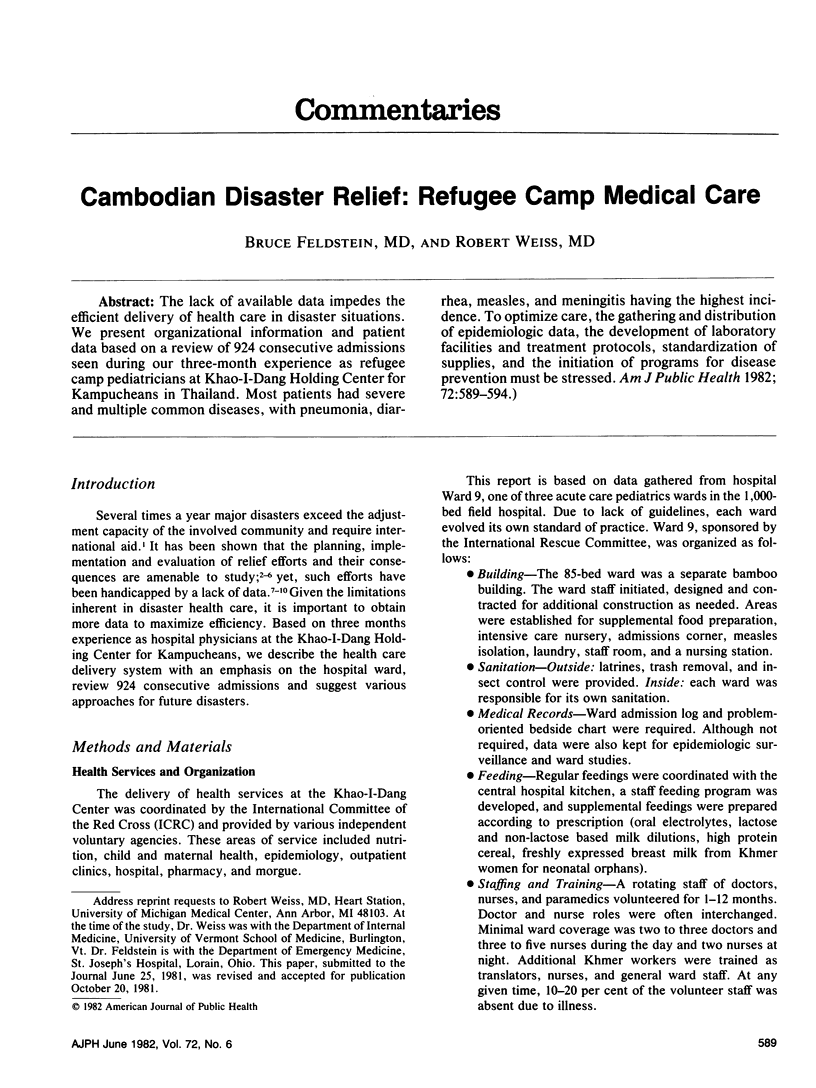
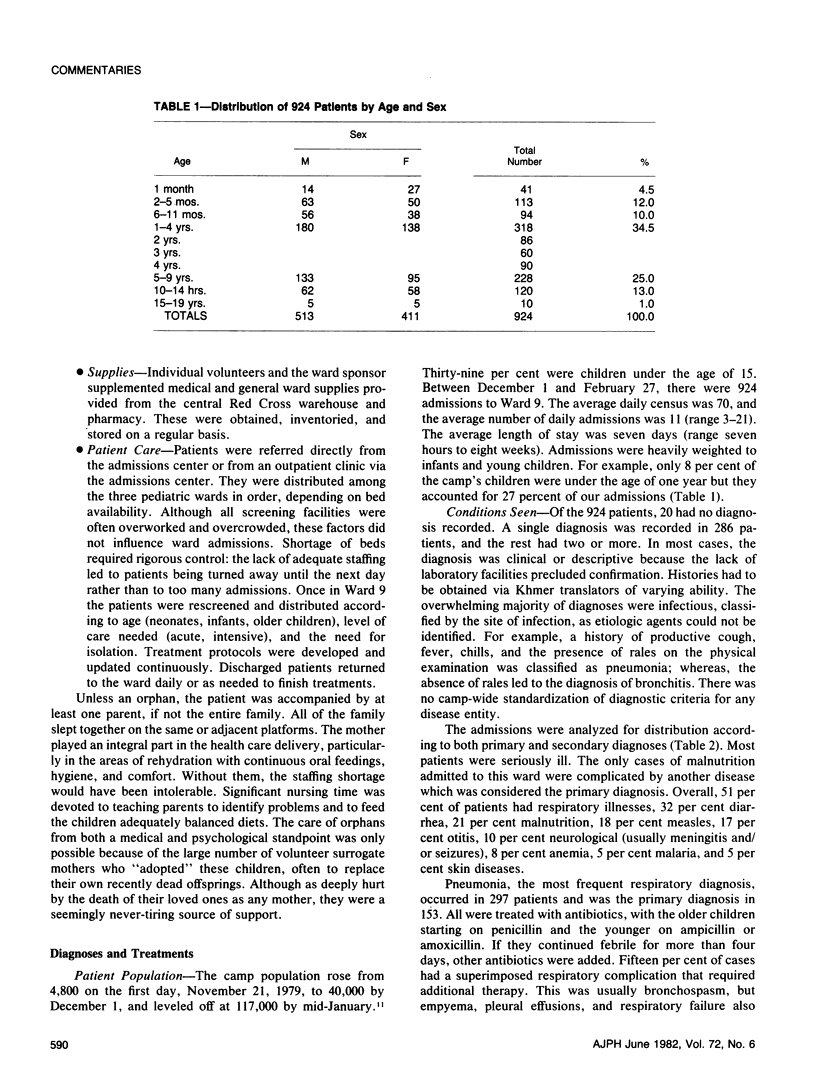
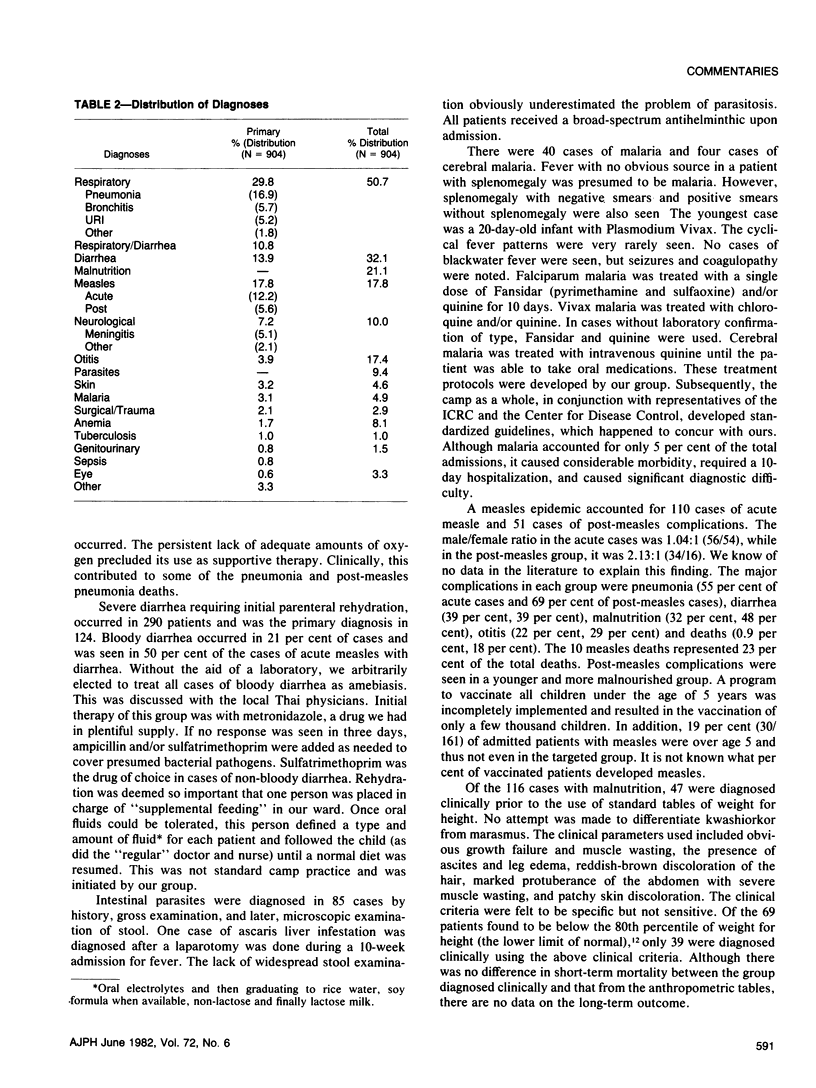
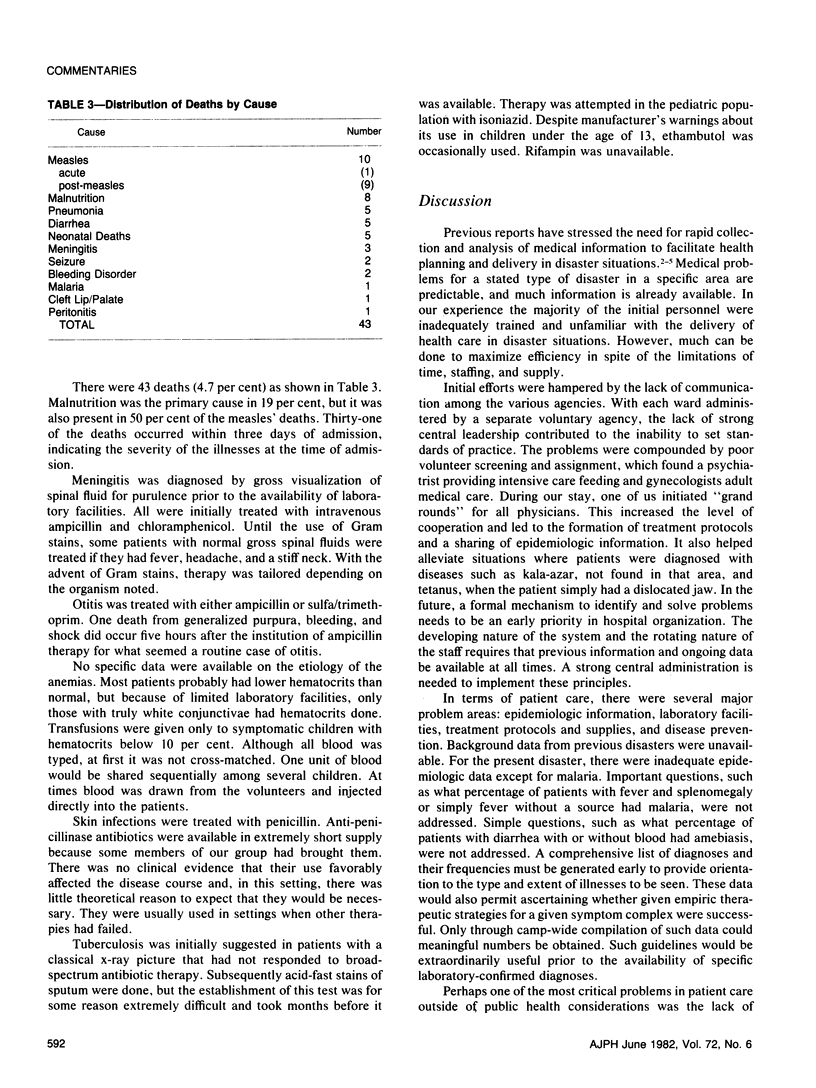
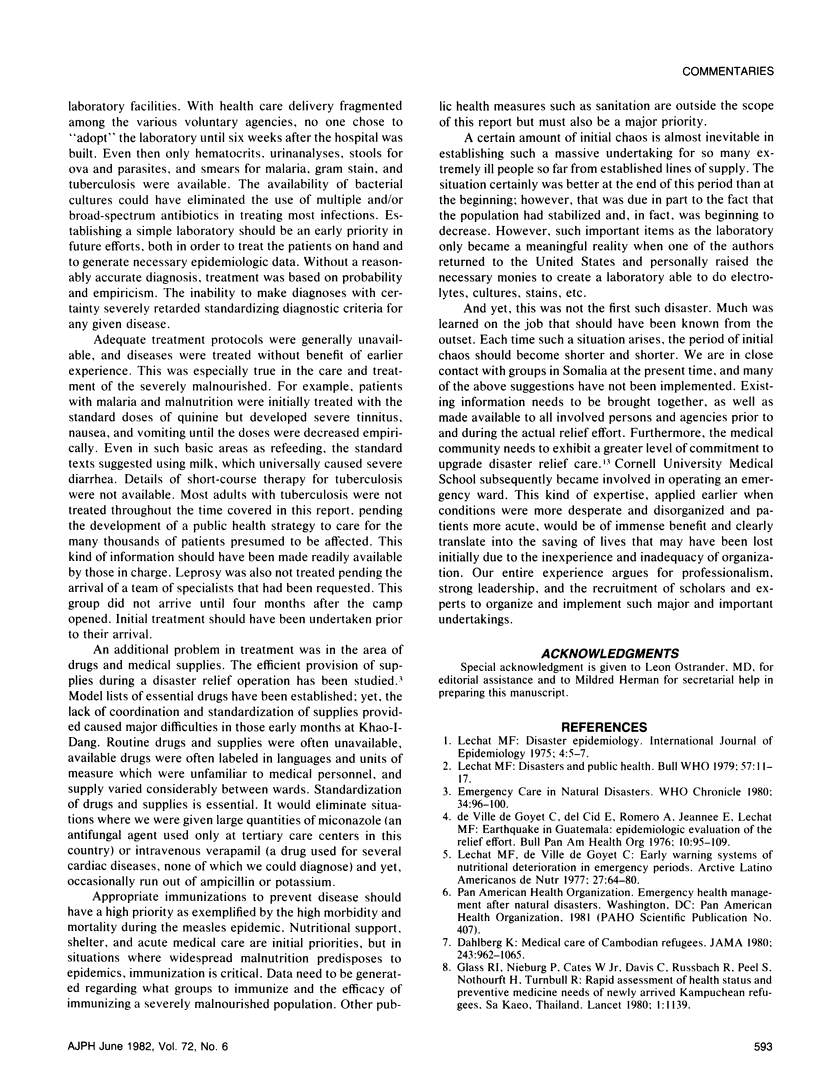
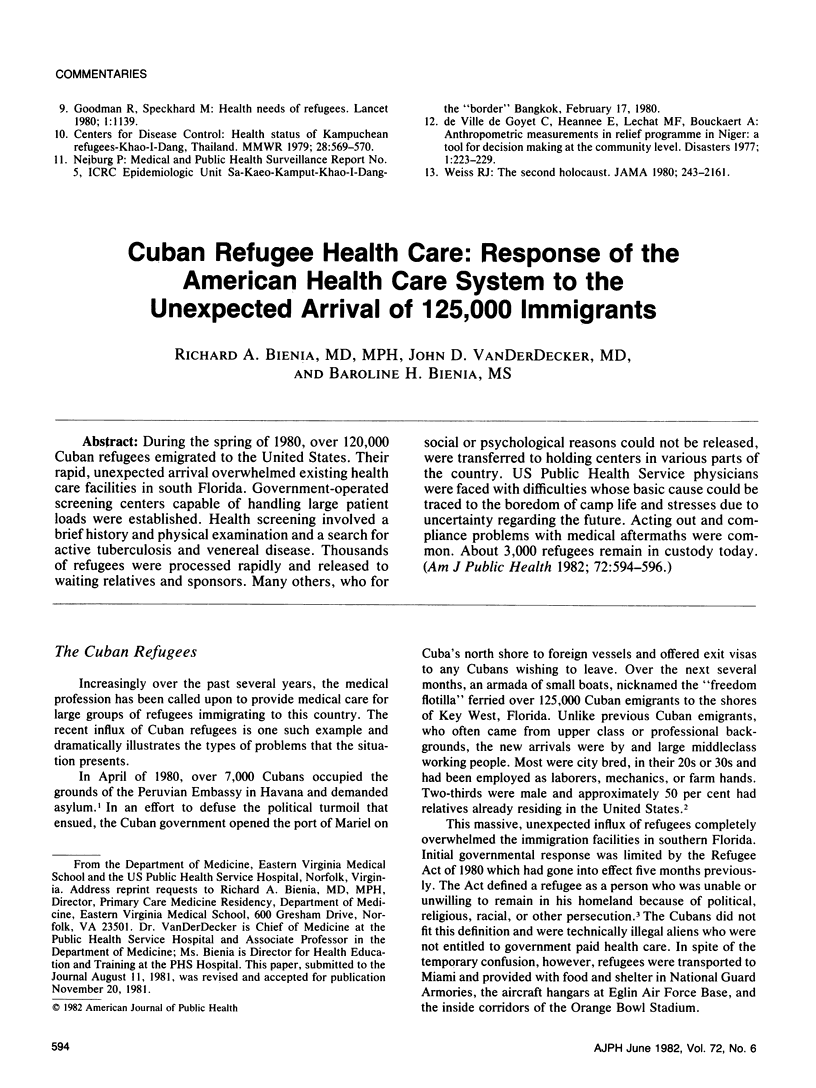
Selected References
These references are in PubMed. This may not be the complete list of references from this article.
- Dahlberg K. Medical care of Cambodian refugees. JAMA. 1980 Mar 14;243(10):1062–1065. [PubMed] [Google Scholar]
- Editorial: Disaster epidemiology. Int J Epidemiol. 1975 Mar;4(1):5–7. [PubMed] [Google Scholar]
- Goodman R. A., Speckhard M. E. Health needs of refugees. Lancet. 1980 May 24;1(8178):1139–1139. [PubMed] [Google Scholar]
- Lechat M. F. Disasters and public health. Bull World Health Organ. 1979;57(1):11–17. [PMC free article] [PubMed] [Google Scholar]
- Weiss R. The second holocaust. JAMA. 1980 Jun 6;243(21):2161–2161. [PubMed] [Google Scholar]
- de Ville de Goyet C., del Cid E., Romero A., Jeannée E., Lechat M. Earthquake in Guatemala: epidemiologic evaluation of the relief effort. Bull Pan Am Health Organ. 1976;10(2):95–109. [PubMed] [Google Scholar]


